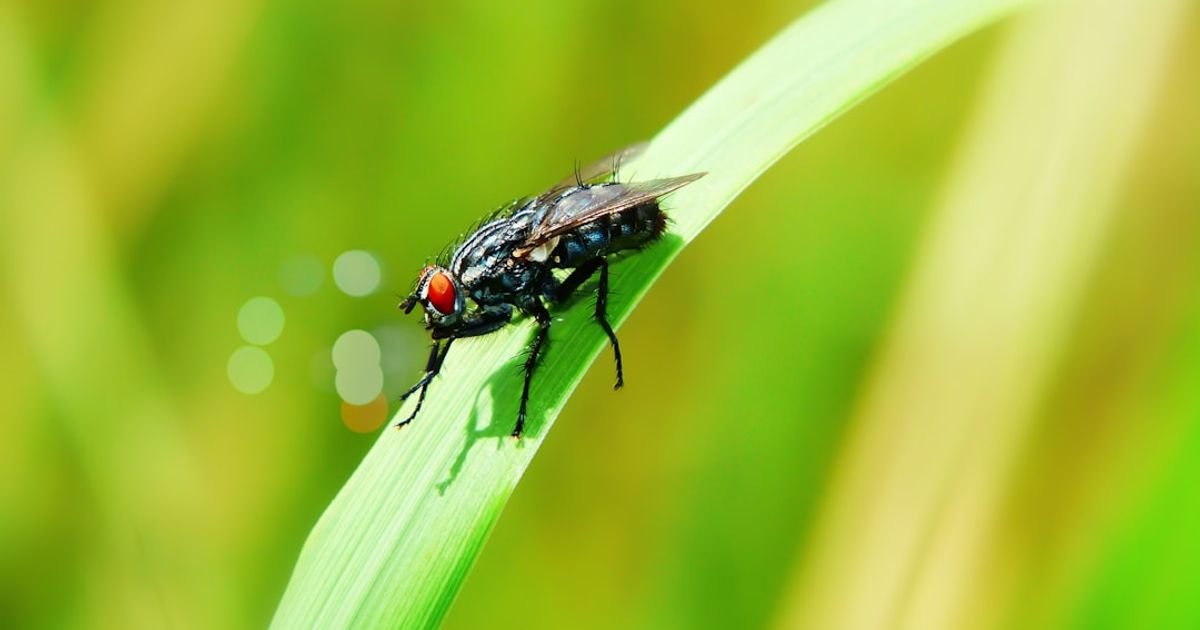About Prompt
- Prompt Type – Dynamic
- Prompt Platform – ChatGPT, Grok, Deepseek, Gemini, Copilot, Midjourney, Meta AI and more
- Niche – Pest Management
- Language – English
- Category – Precision Agriculture
- Prompt Title – AI Prompt for Automating Pest Identification and Alerting Farmers
Prompt Details
This prompt is designed to be adaptable across various AI platforms for image-based pest identification and automated alert generation for precision agriculture. It leverages dynamic input parameters to tailor the analysis and output to specific needs.
**Prompt Template:**
“`
Task: Analyze the provided image data to identify and classify potential pests, assess infestation severity, and generate an alert for the farmer if necessary.
**Input Parameters:**
* **Image Data:** [Provide a URL or base64 encoded image data of the crop area. Multiple images from different angles or time points can be provided as a list or dictionary with appropriate labels like “image_1”, “image_2”, “top_view”, “side_view”, etc.].
* **Crop Type:** [Specify the type of crop being monitored, e.g., “corn”, “soybeans”, “wheat”, “grapes”].
* **Growth Stage:** [Indicate the current growth stage of the crop, e.g., “vegetative”, “flowering”, “fruiting”, “maturity”]. Use standardized terminology if applicable (e.g., BBCH scale).
* **Location:** [Provide geographical coordinates (latitude and longitude) of the field or area being monitored].
* **Date and Time:** [Specify the date and time the image data was captured].
* **Threshold for Alert:** [Define the pest infestation level (e.g., percentage of affected area, pest count per unit area) that triggers an alert. This can be expressed as a numerical value or a qualitative description like “low”, “medium”, “high”].
* **Desired Output Format:** [Specify the desired output format for the analysis results. Examples: JSON, CSV, plain text].
**Instructions:**
1. **Pest Identification and Classification:** Identify and classify any pests visible in the image data. Provide the scientific name (genus and species) and common name of the identified pest(s), along with a confidence score for each identification.
2. **Infestation Severity Assessment:** Estimate the severity of the infestation based on the number of identified pests, the area affected, or other relevant metrics. Quantify the severity whenever possible (e.g., “5% of leaf area affected”, “10 aphids per leaf”).
3. **Alert Generation:** Based on the identified pest(s) and infestation severity, determine if an alert needs to be generated. If the severity exceeds the specified “Threshold for Alert,” create an alert message.
4. **Alert Content:** The alert message should include:
* **Date and Time of Alert:** The current date and time.
* **Location:** The geographical coordinates of the affected area.
* **Crop Type and Growth Stage:** The crop type and its current growth stage.
* **Identified Pest(s):** The scientific and common name(s) of the identified pest(s) along with their confidence scores.
* **Infestation Severity:** The estimated severity of the infestation.
* **Recommended Actions (Optional):** Provide recommendations for pest management strategies based on the identified pest, crop type, growth stage, and infestation severity. This might include suggestions for specific pesticides, biological control methods, or cultural practices. Consider integrating with external databases or APIs for real-time recommendations.
**Output Example (JSON):**
“`json
{
“date_time”: “2024-10-27T10:00:00Z”,
“location”: {
“latitude”: 34.0522,
“longitude”: -118.2437
},
“crop_type”: “corn”,
“growth_stage”: “vegetative”,
“pests”: [
{
“scientific_name”: “Ostrinia nubilalis”,
“common_name”: “European corn borer”,
“confidence”: 0.95
}
],
“infestation_severity”: “10% of plants affected”,
“alert_triggered”: true,
“recommended_actions”: [
“Apply Bacillus thuringiensis insecticide.”
]
}
“`
“`
**Notes for Adaptation:**
* **Image Preprocessing:** Consider incorporating image preprocessing steps (e.g., resizing, cropping, color correction) within the prompt or as a separate preprocessing stage to optimize the AI model’s performance.
* **Model Selection:** Choose an AI model or platform that specializes in image recognition and classification, ideally with experience in plant and pest identification.
* **Fine-tuning:** Fine-tune the model with a dataset of relevant pest images for improved accuracy and reliability.
* **External Data Integration:** Integrate with external databases (e.g., pest management databases, weather APIs) to enhance the analysis and provide more context-specific recommendations.
This dynamic prompt provides a flexible framework for automating pest identification and alerting. By adjusting the input parameters and integrating with appropriate AI models and data sources, you can create a powerful tool for precision agriculture and sustainable pest management.

